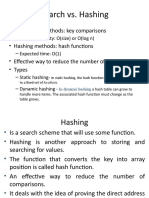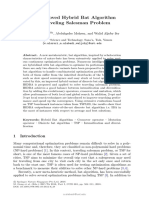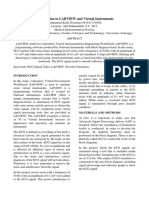0% found this document useful (0 votes)
14 views72 pagesModule 5
The document discusses hashing, a technique for efficient data operations using hash tables, including static and dynamic hashing. It covers hash functions, collision resolution techniques, and various types of hash functions such as division, folding, and mid-square methods. Additionally, it addresses applications of hashing and introduces priority queues and leftist trees as data structures for managing prioritized elements.
Uploaded by
prathibakn7Copyright
© © All Rights Reserved
We take content rights seriously. If you suspect this is your content, claim it here.
Available Formats
Download as PDF, TXT or read online on Scribd
0% found this document useful (0 votes)
14 views72 pagesModule 5
The document discusses hashing, a technique for efficient data operations using hash tables, including static and dynamic hashing. It covers hash functions, collision resolution techniques, and various types of hash functions such as division, folding, and mid-square methods. Additionally, it addresses applications of hashing and introduces priority queues and leftist trees as data structures for managing prioritized elements.
Uploaded by
prathibakn7Copyright
© © All Rights Reserved
We take content rights seriously. If you suspect this is your content, claim it here.
Available Formats
Download as PDF, TXT or read online on Scribd
/ 72






















































































